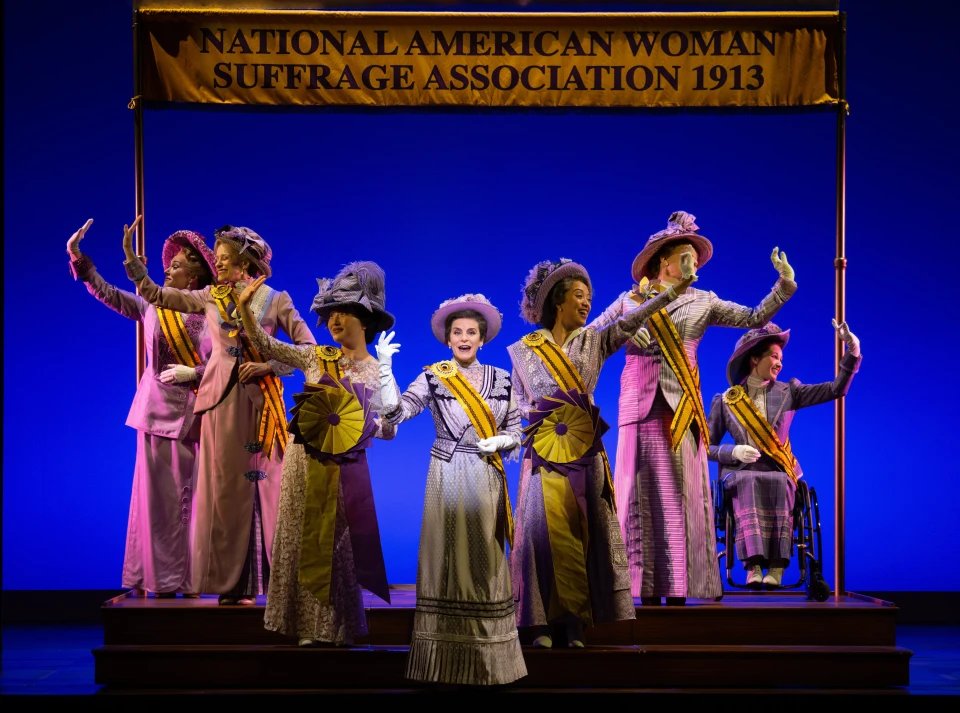Pasadena Unified School District will vote Thursday on $25 million in budget cuts that would include layoffs across athletics, arts, libraries and landscaping, among other areas.
The cuts are part of a proposed $30.5 million total reduction that represents about 16% of the district's
$189 million
projected general fund budget next school year.
“We have been very rich in resources,” Superintendent Elizabeth Blanco said. “It is always hard to lose things, and these are all great value [adds] to our students and families, but they're still gonna get a very high-quality education with what we're going to have left.”
District staff presented their recommendations for reducing the budget at
a Thursday board meeting
. Parents, educators and students who spoke up at the meeting said the cuts will decimate programs that have helped
improve literacy
,
attract families to the district
and provide a meaningful educational experience to students.
”Art is my entire life and doing it in school is the reason I wake up to go there,” said Lyric Mims, a junior in Marshall Fundamental’s Academy for Creative Industries.
Pasadena Unified’s financial deficit is years in the making. The Los Angeles County Office of Education (LACOE)
has warned
that without significant reductions in spending, the district will not be able to meet its financial obligations and risks losing the ability to govern itself.
At the end of Thursday’s nearly five-hour meeting, LACOE Director of Business Advisory Services Octavio Castelo told district leadership it was going in the right direction.
“But keep in mind, we look at the totality of your budget,” Castelo said. “We can't sit here and arbitrarily just tell you, ‘Yeah, everything's fine.’"
PUSD's timeline for budget cuts
Nov. 20
December 2025
- PUSD delivers a financial report called the “first interim” to the L.A. County Office of Education.
- PUSD begins identifying specific positions to eliminate.
March 2026
- PUSD issues layoff notices to impacted staff.
June 2026
- PUSD board votes on the budget for the upcoming school year.
July 2026
- Budget with up to $35 millions in cuts takes effect.
Past events:
September and October 2025
- The Superintendent's Budget Advisory Committee meets to review district programs and recommend cuts.
More info
.
Nov. 13
What are PUSD's proposed cuts?
District staff said the proposed cuts are based on months of meetings with staff, parents, students and labor partners.
The board will vote on
three categories of cuts
:
- $18.5 million of school-based staff
- $3.6 million in central office/administrative positions
- $2.8 million in contracts for outside services, i.e. professional development and consultants
The
Superintendent's Budget Advisory Committee
is a group of parents, educators, students and community members that met throughout the fall to review the district's programs and score them from 0, “easiest,” to 4, “most difficult” to reduce.
Though committee member and parent Warren Bleeker said “easy” is a misnomer.
“ There's really nothing easy to be cut,” Bleeker said. “The thing that was most difficult is that most of these categories are direct services to students and so in an ideal world, you would not want to cut any of them.”
Proposed cuts were divided up into more than three-dozen groups (“packages”) and then
ranked
. District staff reviewed the rankings and suggested eliminating about two dozen of those packages while
preserving several positions
, including school clerks and assistant principals.
PUSD created summaries of how the cuts would affect
elementary
,
middle
and
high
schools and
the district at large
.
Cuts to athletics
would be spread across high schools.
“There would be no sports that would completely leave the school district,” Blanco said. However, not every school may offer every sport. Students will have the option to transfer to a school to pursue a specific team. District staff said the goal is to have a final list of sports at each school by January, should the cuts be approved as presented.
There are also five other categories (PUSD calls them “workstreams”) where there could be funding changes —
grants
,
special education
,
transportation
,
property management
and
staffing/vacancies
— but those actions do not require a board vote. They account for $3.5 million.
Why not consolidate?
Some parents
have asked
why the district is not considering school closures to save money.
In a virtual town hall, Superintendent Blanco said she served on three consolidation committees in her tenure where recommendations to close schools were ultimately turned down.
“We want to be sure that if we embark upon that kind of a process, that we're really going to take it seriously and follow the recommendations that come forward,” Blanco said. “And that's not been our history.”
The district’s decision to
close three elementary schools
in 2019 is currently being challenged by
a lawsuit
.
In a follow-up interview, Blanco told LAist the board has not directed staff to begin working on a plan to consolidate schools.
How did the district get here?
For the last several years, PUSD has spent more money than it brings in and is projected to have
a $29 million budget deficit
next school year. One factor is that PUSD, like many districts in the region, is enrolling fewer students, which equates to less funding from the state.
Blanco said the district cut $13.8 million from the 2024-2025 budget and another $5 million from this year’s budget largely from reductions in non-school site positions.
”It has felt like year over year the pressure on parents to fill the gap, the funding gaps has gotten larger,” said Sandy Hoffman, the parent of an alum and seventh-grader at Octavia E. Butler Magnet, and a member of the PTA and the Northwest Parent Coalition.
Over the last decade, the district has
lost thousands of students
amid declining birth rates. The district has also lost families after the January fires. Preliminary enrollment numbers show 13,228 students were enrolled this school year, Blanco said — the biggest year-over-year drop since 2021.
Nancy Rose Dufford, executive director of the Pasadena Education Network, said she hopes families stay in the district despite the cuts.
“Hopefully parents will continue to support their schools and students will stay in the district and that it won't perpetuate a further decline in enrollment because that's ultimately what the problem is now,” she said.
Another factor is the district is now contending with the expiration of
tens of millions
dollars it received in federal COVID-19 relief funding.
District officials have also said that state funding to help with the rising cost of living hasn’t kept up with inflation and the true expense of operating schools.
What’s next?
The district’s board of education is scheduled to vote on the proposed cuts
Thursday, November 20
.
The board could choose to approve the cuts as presented or propose changes that would require an amendment and agreement from the majority of their fellow members.
The Superintendent cautioned against mixing and matching cuts from different categories. For example, keeping a music teacher and then cutting more from central office positions.
The $30.5 million recommendation is on the low end of the $30-35 million of cuts envisioned earlier this year.
“As painful as this process is, I want to restate my concern that I don't want to have to go through this again later on because we didn't make enough cuts,” said Board Member Yarma Velázquez.
How to weigh in
Contact your board member
One of seven PUSD board members represents each person who lives within the district, which includes Pasadena, Altadena and Sierra Madre. Identify yours on
this map
and
contact them by phone or email
.
Speak up at a board meeting
Each
board meeting
includes an opportunity to give public comment during a specific 30-minute window. Comments may also be emailed to publiccomment@pusd.us.
Fill out our survey
We'd like to know how these possible cuts affect your family:





















